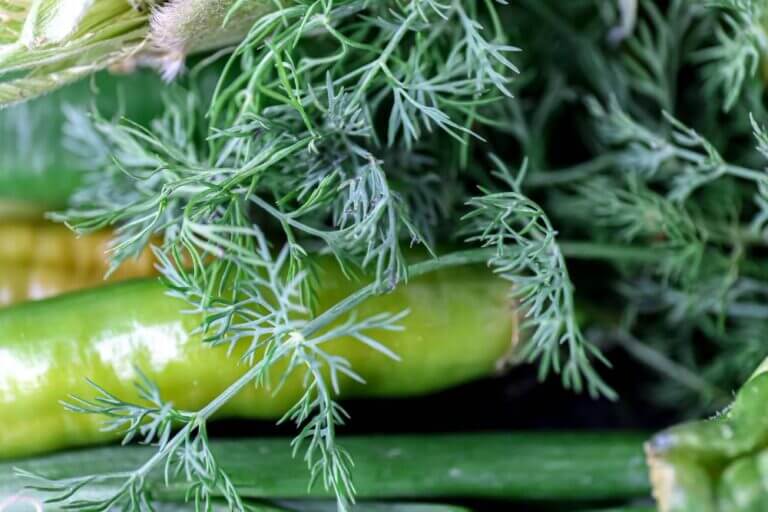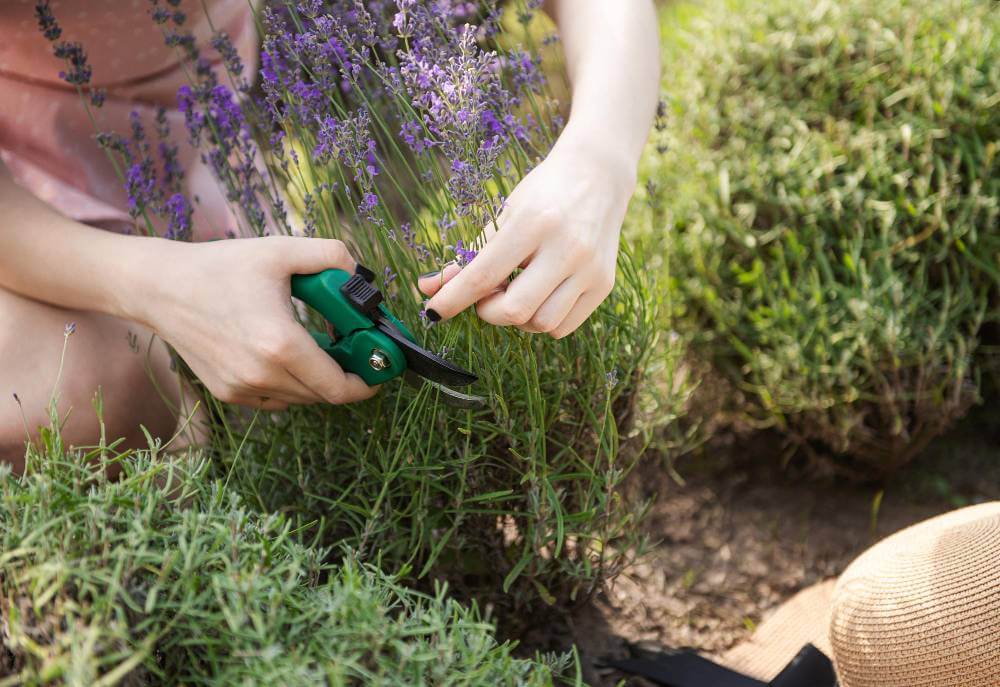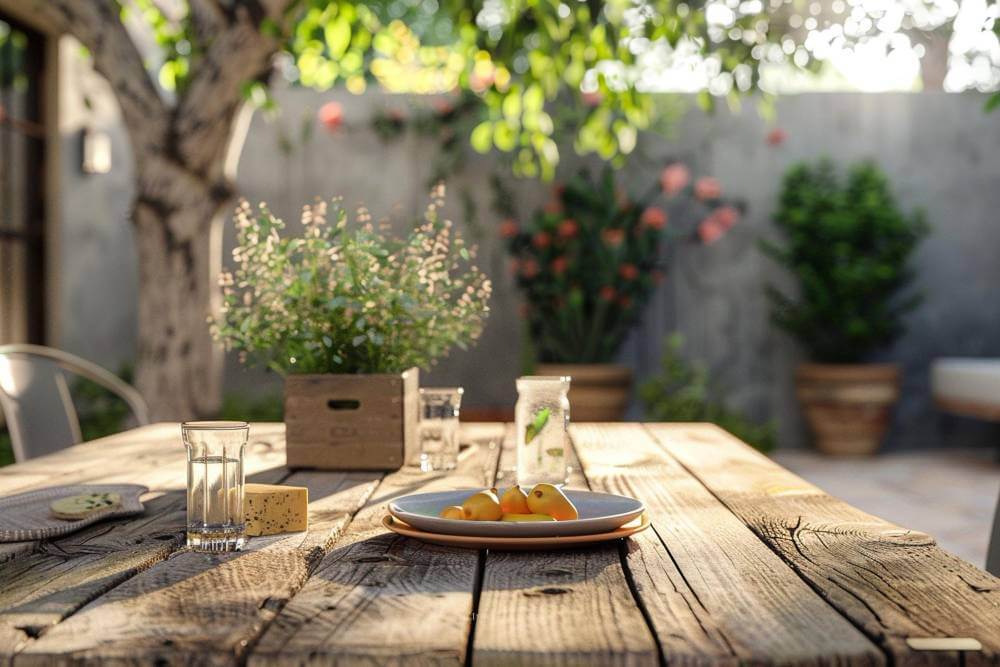As gardeners, we’re often faced with decisions that can make or break the success of our green sanctuaries. One such decision that tends to puzzle many is whether to intermingle herbs with vegetables or maintain a segregated approach. This dilemma sparks debates among gardening enthusiasts, with proponents extolling the virtues of companion planting while skeptics warn of potential pitfalls. Let’s embark on a journey to unravel the mysteries behind planting herbs with vegetables and discover the secrets to cultivating a harmonious garden.
The Benefits of Companion Planting
In the patchwork of our gardens, integrating herbs with vegetables can yield a tapestry of benefits. Picture this: a flourishing bed where aromatic basil intermingles with plump tomatoes, each enhancing the other’s flavor and deterring pests with their natural defenses. By pairing herbs with vegetables, we not only optimize space but also foster symbiotic relationships that promote plant health and vitality. Furthermore, the diversity brought by companion planting contributes to a resilient ecosystem, where beneficial insects thrive and biodiversity flourishes.
The Drawbacks of Mixing Herbs and Vegetables
However, amidst the allure of lush greenery lies the potential for challenges to arise. One concern with planting herbs alongside vegetables is the risk of overcrowding, as vigorous herbs may outcompete their neighboring plants for resources. Moreover, certain herbs emit allelopathic compounds that can hinder the growth of nearby vegetables, disrupting the delicate balance of our garden ecosystem. Therefore, it’s essential to approach companion planting with careful consideration and strategic planning to mitigate these potential drawbacks.
Tips for Properly Planting Herbs and Vegetables Together
To ensure the success of your herb-vegetable garden, it’s crucial to adhere to a few key principles:
- Complementary Growth Requirements: When selecting herbs and vegetables to plant together, consider their respective growth habits and requirements. Pair plants with similar sun, water, and soil preferences to ensure harmonious coexistence.
- Spacing and Arrangement: Avoid overcrowding by giving each plant ample space to thrive. Follow spacing recommendations for both herbs and vegetables, and consider using vertical gardening techniques to maximize space.
- Succession Planting: Plan for continuous harvests by staggering the planting of herbs and vegetables with different maturity dates. This ensures a steady supply of fresh produce throughout the growing season.
- Crop Rotation: Rotate crops annually to prevent soil depletion and minimize the risk of disease buildup. Designate specific areas for herbs and vegetables each season, and avoid planting the same crops in the same location year after year.
By following these tips and principles, you can create a thriving herb-vegetable garden that not only delights the senses but also sustains the health of your plants and soil.
Recommended Combinations: Winning Matches
In my experience, I’ve discovered several winning combinations that exemplify the beauty of herb-vegetable companionship. These combinations not only enhance the flavor and yield of our garden but also foster a harmonious environment where plants thrive together. Let’s explore seven such pairings:
- Tomatoes and Basil: This classic duo not only tantalizes the taste buds but also repels pests like aphids and whiteflies. For a vibrant Caprese salad or a rich marinara sauce, tomatoes and basil are an unbeatable combination.
- Carrots and Dill: With its feathery foliage and tangy flavor, dill not only complements the sweetness of carrots but also acts as a natural deterrent for pesky carrot flies. Whether tossed in a salad or roasted to perfection, carrots and dill make a delightful pair.
- Cucumbers and Mint: The crisp freshness of cucumbers pair perfectly with the invigorating scent of mint. Mint’s vigorous growth not only adds a pop of flavor to salads and beverages but also repels common pests like ants and aphids.
- Lettuce and Chives: For a salad bursting with flavor, look no further than lettuce and chives. Chives’ mild onion flavor enhances the taste of fresh greens while deterring pests like aphids and slugs, ensuring a pest-free harvest.
- Peppers and Oregano: Oregano’s robust aroma elevates the flavor of peppers while repelling pests like spider mites and aphids. Whether stuffed, grilled, or sautéed, peppers and oregano create a culinary symphony that delights the senses.
- Zucchini and Thyme: Zucchini, with its mild flavor and tender texture, pairs beautifully with the earthy, aromatic notes of thyme. Thyme’s antimicrobial properties can help protect zucchini plants from common pests and diseases, such as powdery mildew. Additionally, thyme’s low-growing habit makes it an excellent ground cover, helping to retain soil moisture and suppress weed growth around zucchini plants. Together, zucchini and thyme create a harmonious partnership that enhances both flavor and garden health.
- Beans and Rosemary: The hearty, robust flavor of rosemary complements the subtle sweetness of beans, whether they’re bush beans or climbing varieties like pole beans. Rosemary’s pungent aroma acts as a natural deterrent for bean beetles and other pests, helping to protect bean plants from damage. Furthermore, rosemary’s deep root system can improve soil structure and nutrient uptake, benefiting neighboring bean plants.
In conclusion
while the decision to plant herbs with vegetables may seem daunting, the rewards far outweigh the risks. With careful consideration and strategic planning, we can harness the power of companion planting to create a thriving garden ecosystem where herbs and vegetables coexist in perfect harmony. So let’s embrace the magic of herb-vegetable companionship and cultivate gardens that nourish both body and soul.
And hey, if you’re hungry for more gardening tips and tricks, be sure to stick around and explore the rest of my blog. Let’s grow together!







